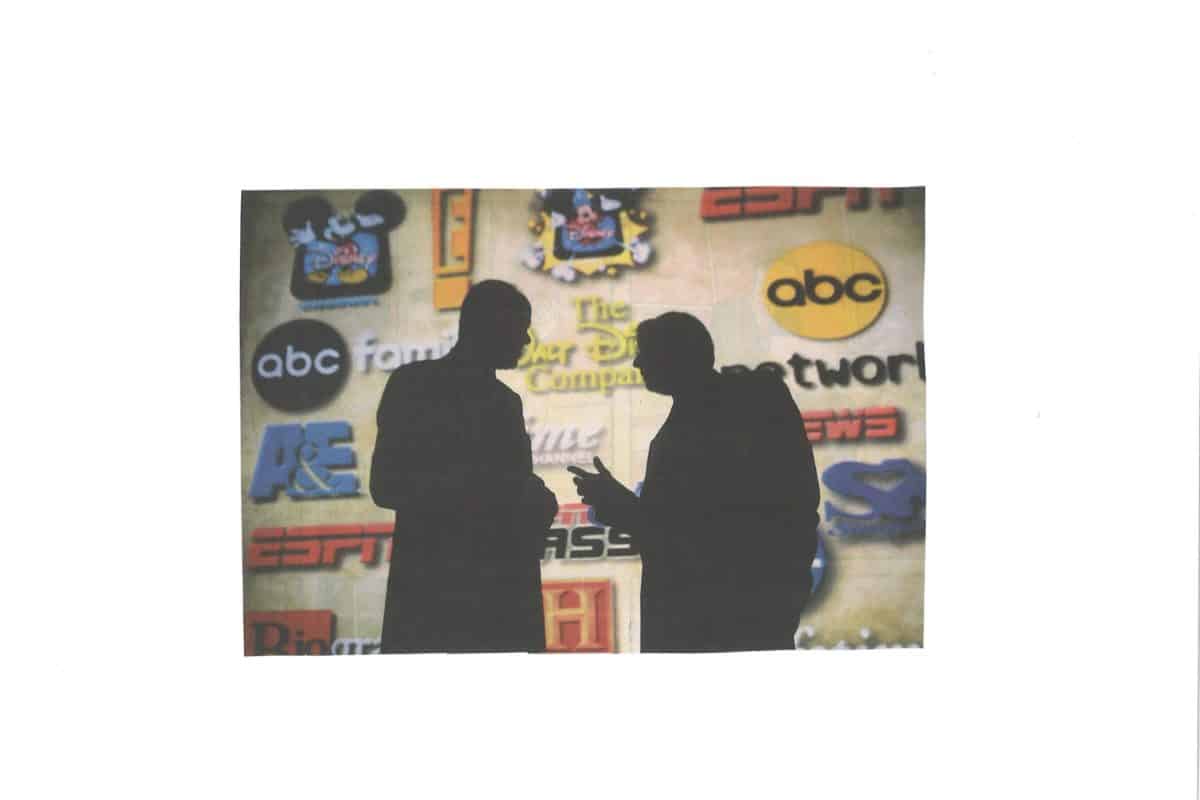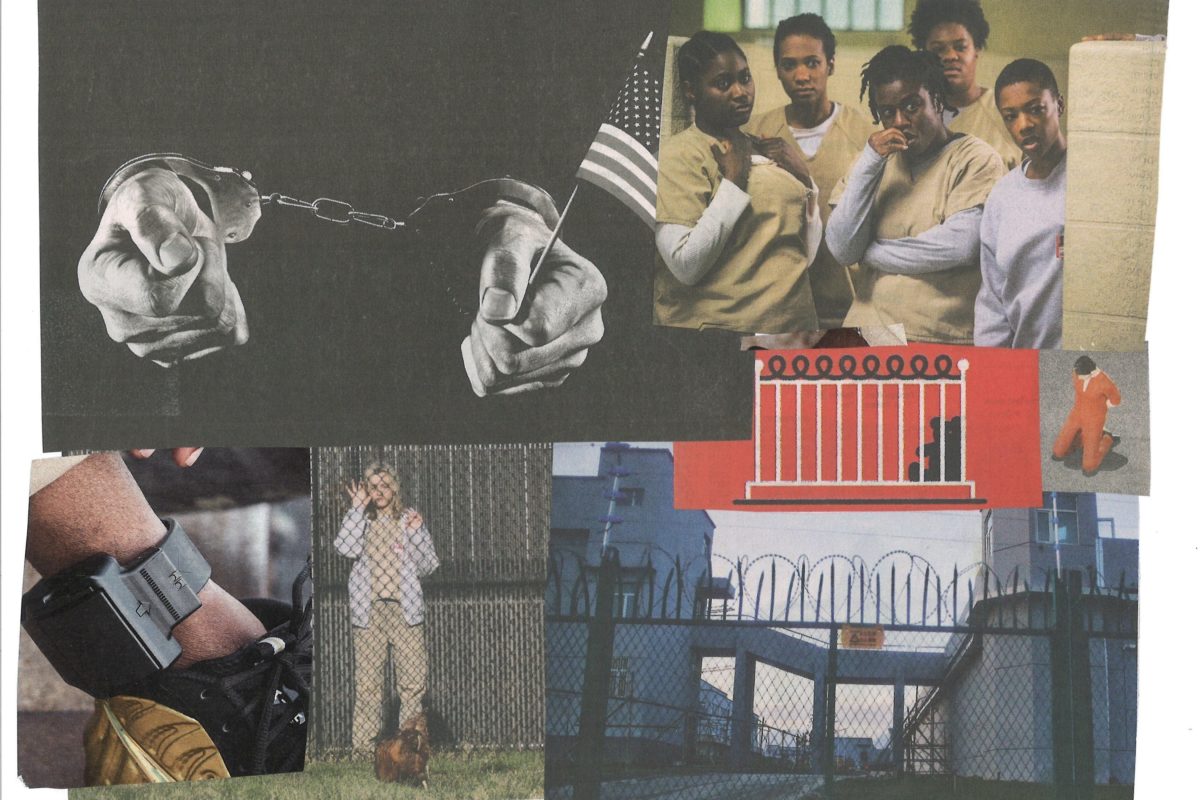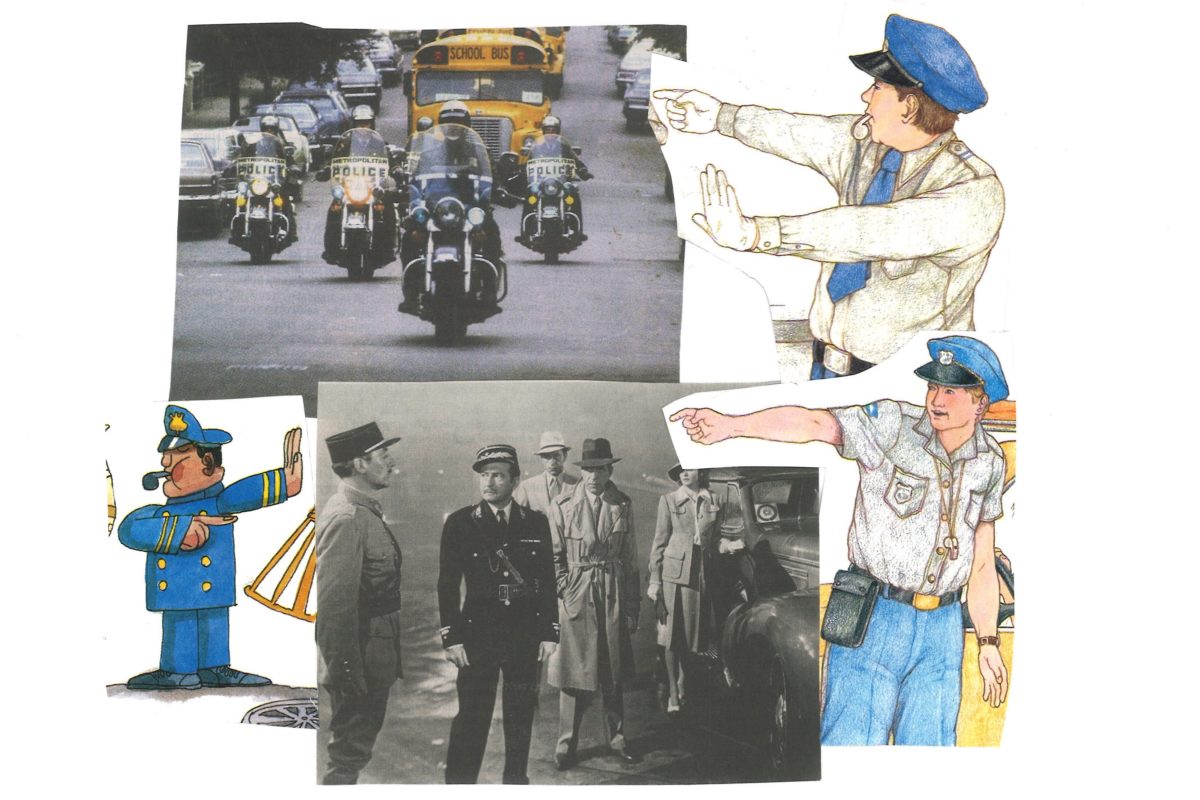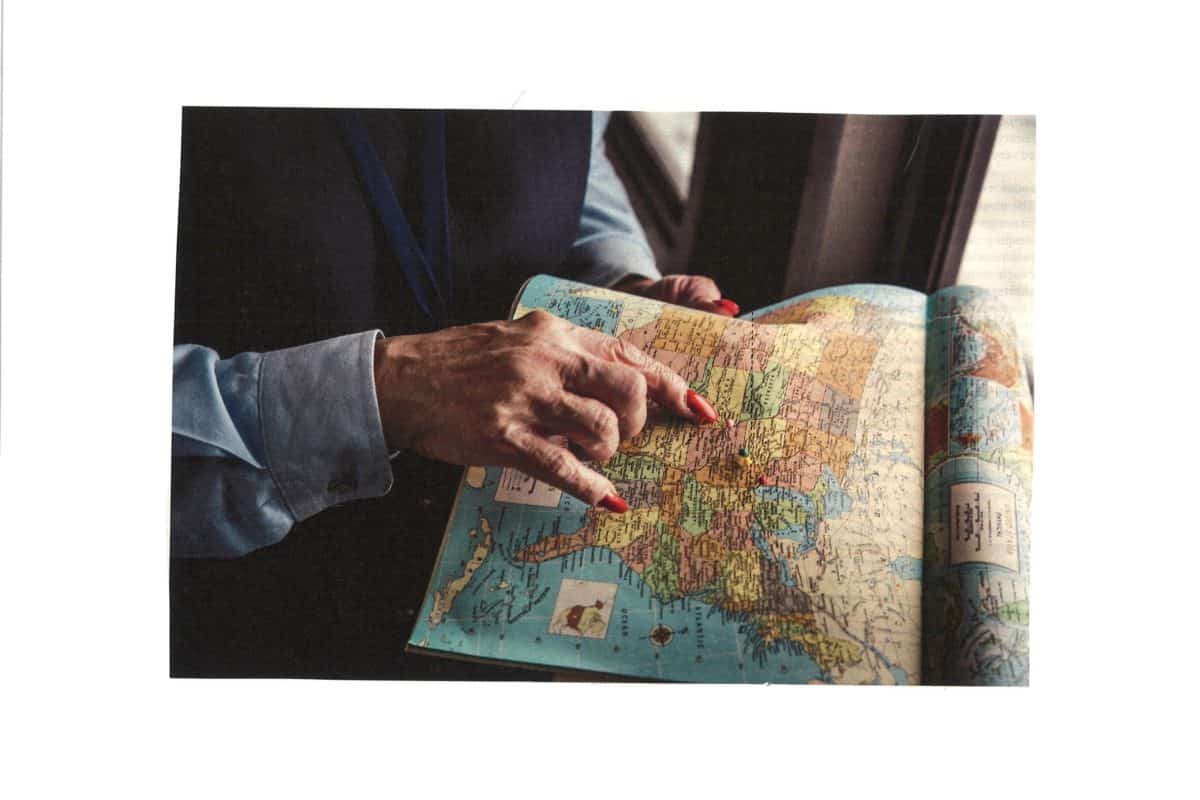What’s the Difference Between a Duke, Earl, Count, Viscount, Baron, and Marquess?
Whether you dressed up as a Disney princess for Halloween or nerded out on European history in college or binge-watched The Crown or Downton Abbey or got up at some ungodly hour to watch the royal wedding, it’s hard to deny the allure of royalty. And like anything alluring, or aspirational, or, frankly, old, there’s an air of mystery around the whole institution: What do the titles actually mean? What’s better than the other? Why are some people called different things at different times? How do you find one and marry one and live out a life of luxury and leisure at a sprawling palace in the British countryside? We’ll answer almost all of these questions in today’s What’s the Difference.
But first, a quick primer: All of the people holding the titles of duke/duchess, marquess/marchioness, earl/countess, viscount/viscountess, and baron/baroness are part of the “peerage” of the United Kingdom, and those titles get bestowed directly from the monarch or inherited from an ancestor. Early members of the peerage were vassals of the monarch, or “servants” who swore an oath of loyalty and received land and/or money in exchange. Over time, they became a class of powerful nobles that served as the beginning of the House of Lords.
The highest of the five rankings is that of the duke/duchess. The term comes from the Latin term “dux,” which means leader—and until 1337, when King Edward III made his son the Duke of Cornwall, the title actually referred to the sovereign. Now, when a prince gets married, he’s usually named a duke; Prince William, for example, was made the Duke of Cambridge when he married Kate Middleton in 2011, and Prince Harry was made Duke of Sussex when he married Meghan Markle last year. The other current royal dukes are the Queen’s first cousins, the Duke of Gloucester and the Duke of Kent, and there are also 24 non-royal dukes, with the oldest blood line going back to 1397.
The next ranking under duke is that of the marquess/marchioness. The title was created by King Richard in 1385, and the fact that this new title was above the rank of earls pissed a lot of people off. Even now, it’s not a particularly popular title in England (honestly, I had never even heard of it before writing this). There are currently 34 marquesses, the most senior of which is the Marquess of Winchester, which was created in 1551.
After marquesses come the earls, a title equivalent to that of a count in other parts of Europe (and the female version of an earl is called a countess). Before King Canute, who ruled from 994-1035 (yes, a very long time ago), earls, or “ealdormen” as they were once called, managed provinces or shires on behalf of the king. From the reign of King Richard II onward (yes, the same guy who created the marquess rank), the title became either a life creation (only lasting for the appointee’s lifetime) or only pass-down-able through direct male heirs. However, some Scottish earldoms can be inherited by a woman and/or passed through a female line, which is why we now have 191 male earls and four countesses. The most recent earldom to be created is the Earl of Stockton, which was appointed in 1985—a pretty recent addition, considering how far this stuff goes back.
Under earls are viscounts/viscountesses, who historically were their deputies/lieutenants back when they were running their provinces and shires. The title was created in 1440 during the Hundred Years’ War, when King Henry VI, then the King of England and France, wanted to consolidate the titles of the two countries. Right now there are 115 viscounts, the oldest of which goes back to 1478.
The lowest rank in the peerage is that of the baron/baroness, which originally referred to a land-holding nobleman. Starting in the thirteenth century, barons were called upon by the monarch to attend the Counsel or Parliament—and over time, the king began to summon the descendants of those barons to do the same thing. In Scotland, in fact, a baron is the same thing as a Lord of the Parliament. There are currently 426 hereditary barons/lords of Parliament and nine hereditary baronesses/ladies of Parliament. The oldest line in England goes back to 1264, and the oldest line in Ireland goes back to 1223.
And how about the terms “lady” and “lord”? Informally, any member of the peerage up to the duke can be referred to in that manner—though dukes and duchesses should always be called by their full titles. A good thing to keep in mind the next time you find yourself amongst nobility—a peer of the peerage, if you will.
If you liked this, subscribe to the What’s the Difference newsletter here!




